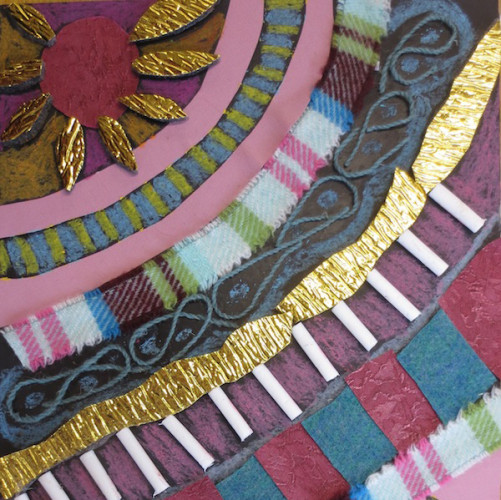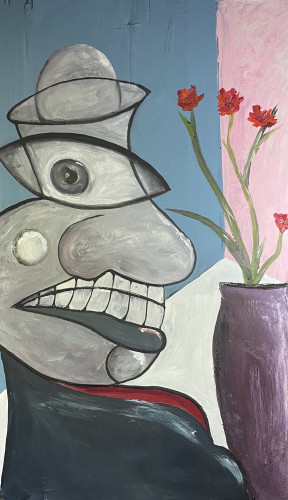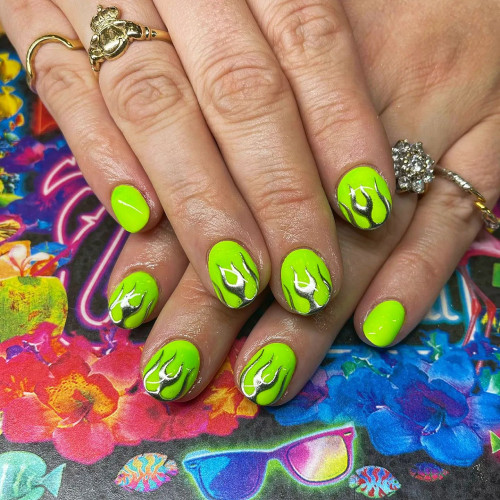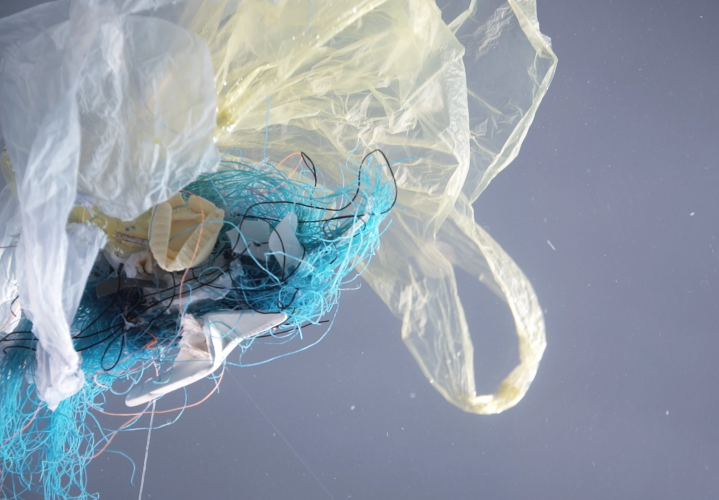This is Plastic! It can
be formed into almost
any shape and used to
make nearly anything…
yes, even art!

Plastic has shaped the world around us in brilliant and terrible ways. Plastics cause enormous harm to the environment but they can also be used to make the world a better place and save lives. The many ways artists use plastics reflects how complicated this material really is.
The first synthetic plastic was created in 1907 and called Bakelite after its inventor, Leo Baekeland. It was called ‘the material of 1000 uses’ but Leo could never have guessed one of them would be forgery. Han van Meegeren was a Dutch artist who wasn’t very successful with his own work. However, he was very successful at forging paintings by the famous 17th century artist, Vermeer. Han used bakelite in his paints to make them harden, which made them appear much older than they were. He fooled the experts until it was discovered that one of his forgeries was sold to the Nazi Hermann Göring. Rather than face a trial for selling important Dutch art to the Nazis, he confessed that it was a forgery. Van Meegeren wasn’t the only artist to make art from bakelite. A bakelite telephone was used by Salvador Dali to make one of his most famous works - the lobster telephone.












